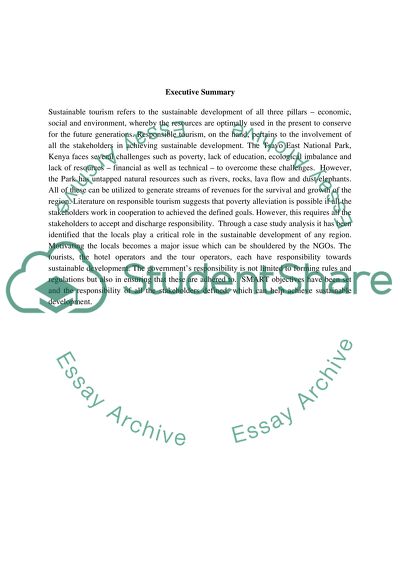Cite this document
(“Responsible tourism Essay Example | Topics and Well Written Essays - 5000 words”, n.d.)
Retrieved de https://studentshare.org/tourism/1476955-responsible-tourism
Retrieved de https://studentshare.org/tourism/1476955-responsible-tourism
(Responsible Tourism Essay Example | Topics and Well Written Essays - 5000 Words)
https://studentshare.org/tourism/1476955-responsible-tourism.
https://studentshare.org/tourism/1476955-responsible-tourism.
“Responsible Tourism Essay Example | Topics and Well Written Essays - 5000 Words”, n.d. https://studentshare.org/tourism/1476955-responsible-tourism.


